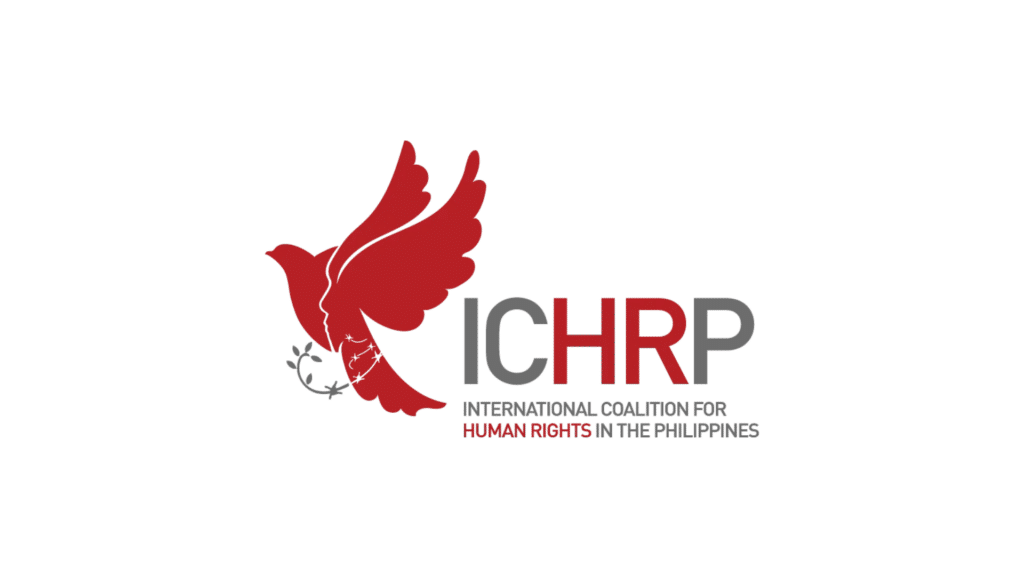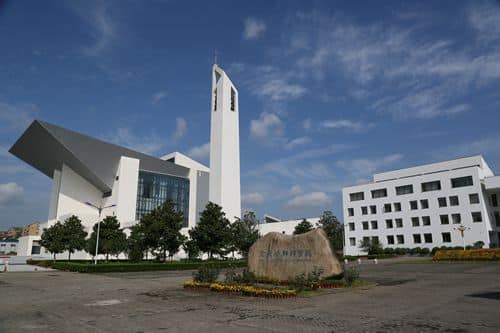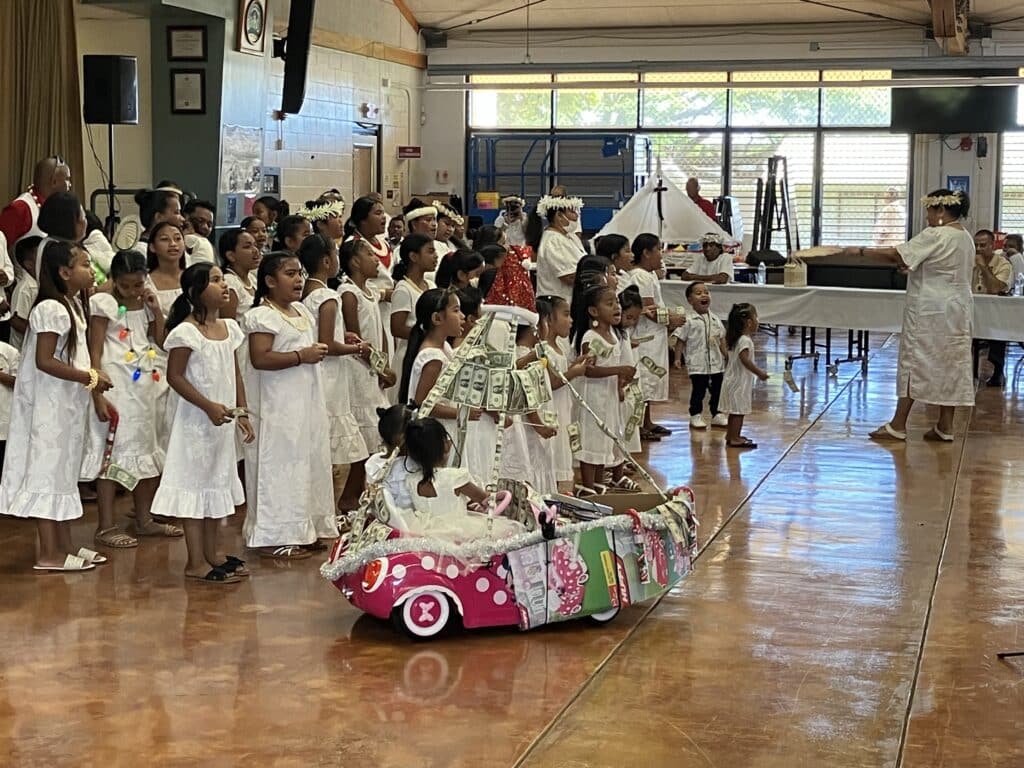The Aizu Radiation Information Center
Japan
Click here to read the latest update
Background to the Triple Disaster
On March 11, 2011, a devastating earthquake registering nine on the Richter scale shook the northeastern coast of Japan. The tsunami which followed hit 350 miles of coastline, devouring many towns and villages. The tsunami claimed 15,000 lives, and 230,000 people continue to live in temporary housing. Many people lost their jobs and means of livelihood. On March 12th, the nuclear reactors in Fukushima exploded, sending radiation into the atmosphere. Depending on the direction the wind was blowing on those first few days after the explosions, certain areas still measure high levels of radiation. Residents are not permitted to live within a twenty mile radius of the nuclear reactors. There is still much fear and uncertainty concerning the dangers of radiation, the effects on food products, as well as on the daily lives of those living in Fukushima and the surrounding areas. Concerned citizens, non-profit organizations, as well as the church, diligently gather accurate data/information regarding the situation as it evolves and effects of radiation for dissemination and action.
The Aizu Radiation Information Center
Soon after the triple disaster of March 2011, Global Ministries partner church, the United Church of Christ in Japan (UCCJ – also known as Kyodan), established a Disaster Relief Center at the Emmaus Center in Sendai, Japan. At the same time, the Northeastern Conference of the Kyodan formed a Working Committee to address the numerous issues arising in the churches and communities in northeastern Japan. Besides earthquake damage and tsunami relief, one ongoing concern has been issues relating to nuclear radiation.
One local Kyodan church in the town of Aizu-Wakamatsu (Fukushima Prefecture) opened its doors to house the Aizu Radiation Information Center in May 2011. This Center is a citizen’s network fully supported by volunteers which aims to 1) gather and share information; 2) support local residents by networking; and 3) join in actions of solidarity with victims in the Fukushima area. The Aizu Radiation Information Center partners with the Northeastern Conference of the Kyodan to address the pressing issues related to radiation.
Protecting the Children of Fukushima
Due to the possibly devastating effects of radiation following the destruction of the Fukushima reactors, residents in Fukushima and surrounding areas have begun to fear the consequences of something that they are unable to see. In particular, young mothers who are raising their children fear for the health of their children. Complete official information is hard to access. Many families feel isolated. At the same time, farmers and fishermen are concerned whether the produce they sell is safe for consumers. There is some question as to the standards set by the government concerning radiation contained in food items.
Other activities include:
- Fresh Air Camps to get children and their families out of the radiation for short retreats
- Medical Consultations counseling for those living with psychological / physical stress
- Thyroid Tests provided once every two months
- Education / Information Gathering collecting data and educating the public
- Mother’s Support Group providing a sanctuary where mothers feel safe to speak from their heart
- Advocacy protesting government policies that put people’s lives at risk
| Update: June 2014 |
After more than three years since the Tokyo Electric Fukushima Daiichi Nuclear Plant disaster, the situation at the Fukushima disaster site remains highly volatile and dangerous. The amount of radioactive contaminated water increases and extremely high levels of radiation are even now being reported on-site. The Japanese government, however, acts as though the accident is a thing of the past and claims that Fukushima is recovering. They are eager to restart the nuclear plants and export the industry overseas. The people who call for an end to Japan’s dependence on nuclear power have had no effect. Sadness and frustration have created a high level of stress. The need to share these frustrations with others in a community of support and a gathering place such as the Aizu Information Center, has given the people the strength to carry on. The people share a commitment to proposing no more nuclear energy. They are committed to not having this kind of disaster to happen again. In order to carry out this goal the following programs were provided in 2013.
To date the Center has made 1,600 measurements of water, rice, vegetables, fruit, meat and fish using the GMD15 Food Measurement Spectrometer. No high radiation has been found in the food. However, there are many parents who remain concerned about the regular intake of low level radiation into the diet and what that might mean for their children.
Contamination of the soil is an issue that demands increasing attention. Radiation levels in the air near the site will most likely remain high even if there are no further explosions. However, radioactive material released into the atmosphere during the time of the disaster spread through rain and snow into the rivers and is most definitely embedded in the soil. In order to determine whether it is safe for children to study at school or play on the playground, radiation needs to be measured not only in the air, but also in the soil. The GMD15 was used to measure soil from kindergartens and private homes. Unfortunately, the soil at the bottom of the slide in the playground at Sakae Machi Church registered 4,500 radioactive rays released per second, per square kilometer. When children use the slide, they land with their two feet on the soil where radiation has collected over time from rain and snow. This means that as soon as the children touch their feet at the bottom of that slide they are exposed to that high level of radiation.
A monitoring post was established at the Odaka Preaching Point, which is a location quite close to the Fukushima reactors. This is a joint program of SAFECAST (an American citizens’ group), Izumi (The United Church of Christ in Japan [UCCJ] Tohoku District Radiation Task Force), and the Aizu Radiation Information Center. Even though the center is more than 62 miles away from the plants here in Aizu, they are still able to measure the radiation in and around Odaka. At present, authorities are involved in removing spent fuel rods sitting in an exposed pool of water by one of the nuclear plants. If there is another accident and radiation levels in the air start to rise they will be able to make an expedient decision as to an emergency evacuation.
Using SAFECAST Counters ten of the members went to 970,000 spots throughout Fukushima to make measurements of radiation in the air. The results can be found here.
The Shaberi-ba is a space and time for peer counseling which is held once a month. There is a group of core members who attend regularly and they are often joined by newcomers. One of the young mothers said of Shaberi-ba: “It is a time when we can express our sadness and anger, listen to the struggles of others, and come away with a smile on our face.” Themes range from concerns for the health of children, inadequate safety measures of local kindergartens and schools, concern about schools that use local products for school lunches, differences within the family regarding what people feel is safe, struggles of those who have either been forcefully evacuated and or who have evacuated voluntarily, and distrust of the leadership and their policies and treatment of the local people. There are between ten and twenty participants who attend each meeting.
Dr. Tomoyuki Yamazaki has provided health consultations once every two months during 2013. He has sponsored 100 round table discussions and has met with about 50 people individually. For the year 2014 these consultations are continuing at the rate of one each month. As a result of government-sponsored thyroid tests that were carried out for all children in Fukushima under the age of 18, many children in the Aizu area were found to have cysts on their thyroids and these test results have left many parents deeply concerned. Having Dr. Yamazaki visit the Center each month to meet with the parents allows him to keep track of the physical state of the children. In 2013, there was one family from Iwaki that traveled two hours just to see Dr. Yamazaki. The Center intends to continue offering these services for people who live far away.
Beginning in October of 2013, Dr. Tsuneji Kobayashi makes monthly visits to provide private and group counseling. Parents are under a great deal of psychological stress due to the ongoing risks to the health of their children. Individual counseling sessions are scheduled for one hour. Group sessions take two hours. It is felt that it will be increasingly important to provide psychological care for children, youth, and parents. There are children who worry whether they are safe because their parents may be misinformed about the effects of radiation. It will be important in the years to come to provide support to protect these children. In some homes the wife is eager to talk about issues having to do with radiation, while the husband is reluctant and too tired to give the topic much thought. Sessions will be arranged where families can voice their differing perspectives and hear one another on this topic. In order to avoid burnout, programs need to be set up to provide support for the supporters.
Also in 2013 the Center sponsored lectures and seminars on childhood thyroid cancer. In Fukushima, 360,000 children under the age of 18 have been tested for thyroid cancer since October, 2011. Seventy five children have been diagnosed with signs of cancer. It is unknown at the present time whether this is a result of the nuclear disaster. Parents want to know the truth and by having the information before them, they will be able to make decisions about what kind of prevention and treatment are necessary to keep the damage as minimal as possible.
The Niigata House program co-sponsored by Niigata Church (UCCJ) is utilized repeatedly by families living in the Aizu area and an increasing number of families outside of Aizu Wakatatsu are also making use of this facility.
In the summer of 2013 the Aizu Radiation Information Center sponsored three Fresh Air Camp programs: the California Fresh Air Camp for High School Students (July 24 – August 7), the Fukushima/Kobe Children’s Fresh Air Camp (July 24 – 31) in which 12 adults, 26 children participated, and The Hokkaido Parent Child Fresh Air Camp (August 5 – 10), in which 10 adults and 16 children participated.
Since September 2012 the Center has continued to offer a weekly silent vigil on Friday evenings to call for a nuclear free society. They believe it is more effective to speak through silence and allow the message to resonate in the hearts of those who are able to hear their silent appeal.
The Center has also provided vegetables, food, and water; emergency preparedness activities; tours and speaking engagements. It also is working with other Organizations for a Nuclear Free World.
See a brief update on this project from missionary Jeffrey Mensendiek
Support this Ministry
To make a gift for this ministry online or by check use the online donation page.
- 100% of your gift will be directed to The Aizu Radiation Information Center
- You will receive updates on the work in this area as they become available
- Share in the vision of God’s abundant life for all people
Related Content
ICHRP Welcomes Duterte’s Arrest: A Landmark Step Towards Justice
The International Coalition for Human Rights in the Philippines (ICHRP) welcomes the arrest of...
Read MoreUpdate from Jinling Theological Seminary
Written by: G Lou, Mission Co-Worker in East Asia & Pacific Region Dear Brothers and...
Read MoreLearning about Ministry Among Micronesians
By Martha Mensendiek Martha Mensendiek serves with Doshisha University, Kyoto,...
Read More


